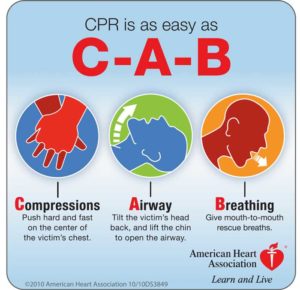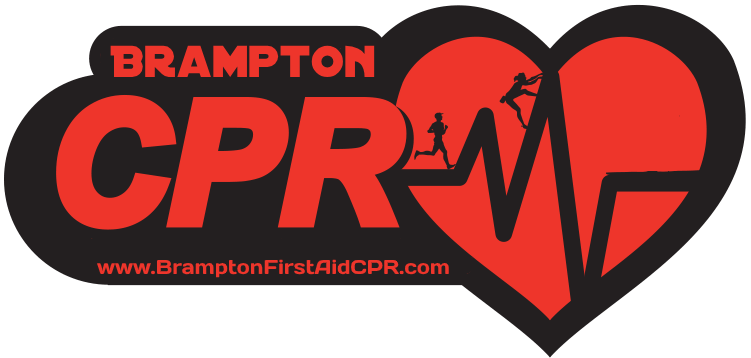CAB Sequence of CPR
What is CAB Sequence of CPR? If you were trained in CPR prior to 2010, you might wonder why did the steps of CPR change to ABCs to CAB Sequence.
According to Highlights of Canadian Consensus Guidelines on First Aid and CPR.The recommended sequence is to initiate chest compressions before giving rescue breaths (C-A-B rather than A-B-C). This approach reduces delay to first compression and pumps oxygenated blood to the body.
CPR Guidelines
Previously CPR training has emphasized the ABCs of CPR, which instructed people to open a victim’s airway by tilting their head back, pinching the nose and breathing into the victim’s mouth, and only then giving chest compressions. This approach caused significant delays in starting chest compressions, which are essential for keeping oxygen-rich blood circulating through the body. As a result, it is now recommended to use CAB Sequence instead of ABCs.
Heart and Stroke Foundation BLS courses outlines the revised changes in their training. Therefore, Health care providers are recommended to renew their Basic Life Support (BLS) training every year
CPR Recommendations
CAB CPR Steps
If you are looking to update your CPR skills, Brampton First Aid CPR provides training through Red Cross and Heart and Stroke.

